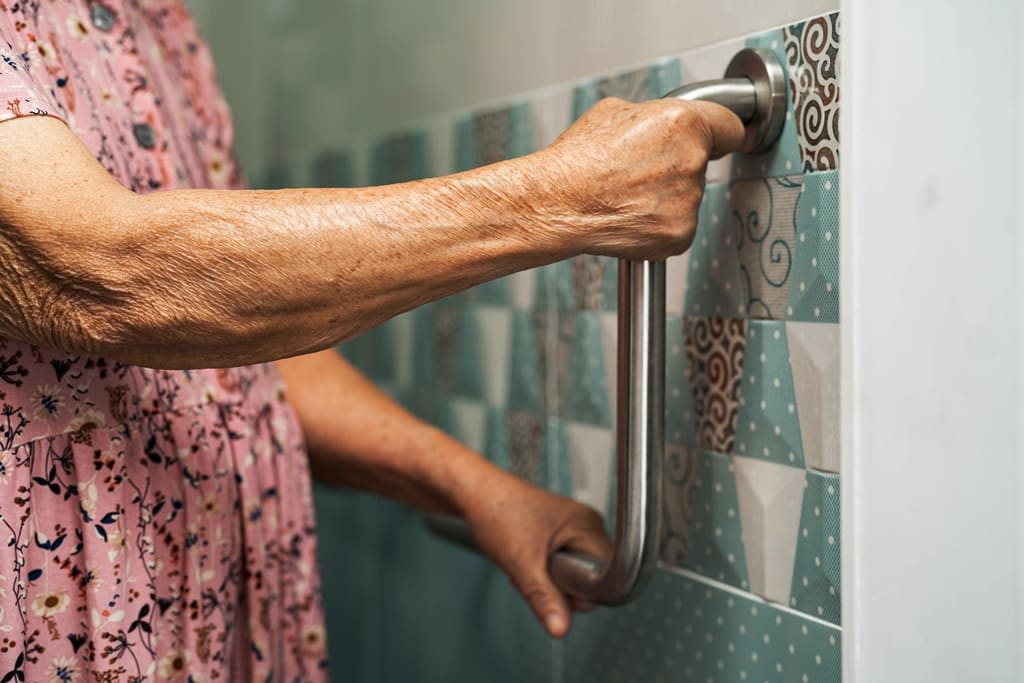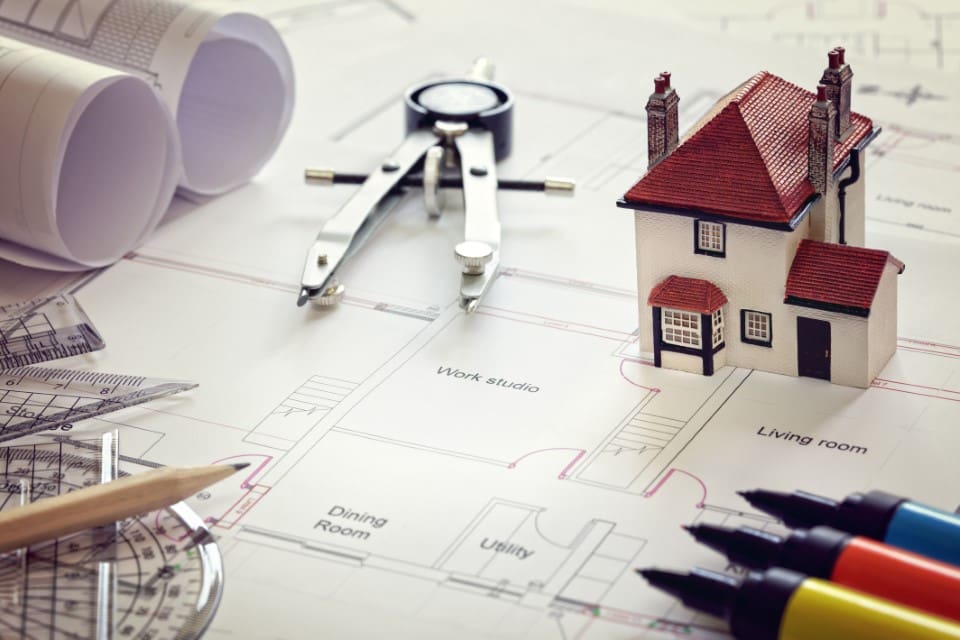Creating an accessible home involves more than meeting basic standards; it’s about fostering an environment where everyone can thrive. Retrofitting your to enhance accessibility is a strategic decision that benefits individuals with diverse needs, whether due to age, mobility challenges, or temporary disabilities. This guide explores the importance of retrofitting, essential tips for the process, and why it’s a worthwhile investment.
Ways to Retrofit Your Home

Retrofitting enhances mobility within your home. Features like ramps, widened doorways, and accessible bathrooms empower individuals with physical challenges to move freely and independently. Safety is another crucial aspect. Installing grab bars, non-slip flooring, and sensor lighting reduces the risk of accidents, especially for seniors or those with limited mobility.
Creating Comfortable Living Spaces
Retrofitting focuses on creating comfortable living spaces. Adjustable or lowered countertops, lever-handled faucets, and accessible storage solutions make daily tasks easier for everyone. Additionally, it’s a form of future-proofing. As circumstances change or individuals age, having an accessible home ensures continuity without major disruptions, promoting long-term comfort and well-being.
Making a Tailored Plan

When embarking on a retrofitting journey, it’s essential to conduct a thorough assessment of your home’s current layout. Consulting professionals like architects, contractors, and accessibility experts helps develop a comprehensive plan tailored to your specific needs. Incorporating adaptive equipment such as stairlifts, roll-in showers, and smart home technologies further enhances accessibility and convenience.
Budget Planning
Budget planning is also crucial. Prioritize essential modifications and explore funding options like grants or insurance coverage to manage costs effectively. Regular maintenance and updates ensure that your accessible features remain in optimal condition, providing ongoing benefits for years to come.
In conclusion, retrofitting your home for accessibility is a step towards inclusivity, comfort, and independence. By embracing universal design principles and seeking professional guidance, you can create a welcoming space that empowers everyone to live their best lives.
#AccessibilityTips, #HomeRetrofitting, #AccessibleLiving
